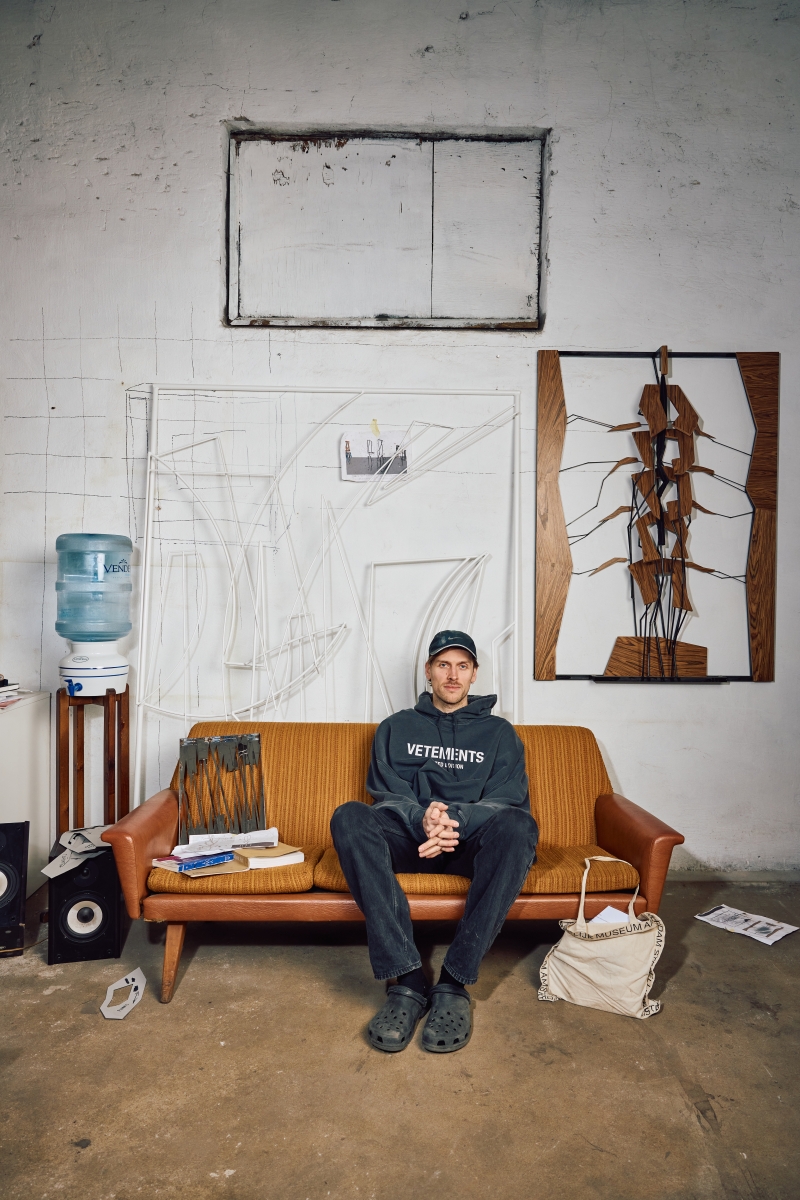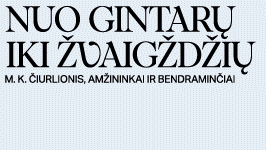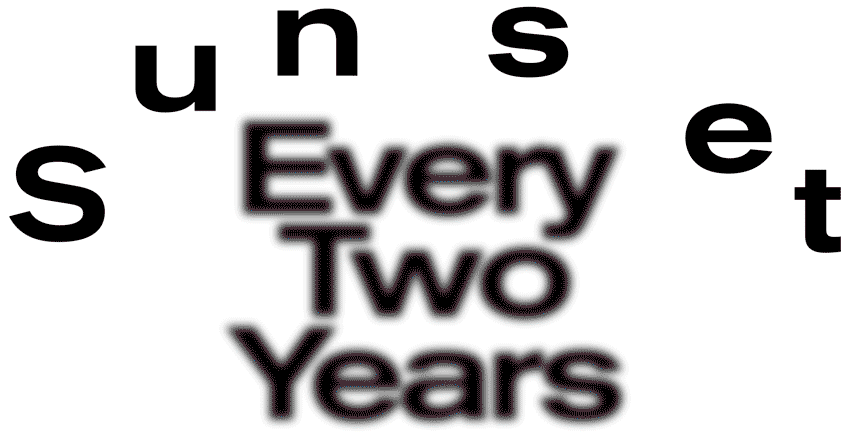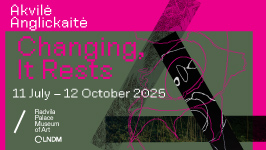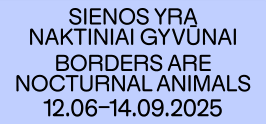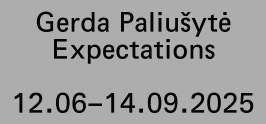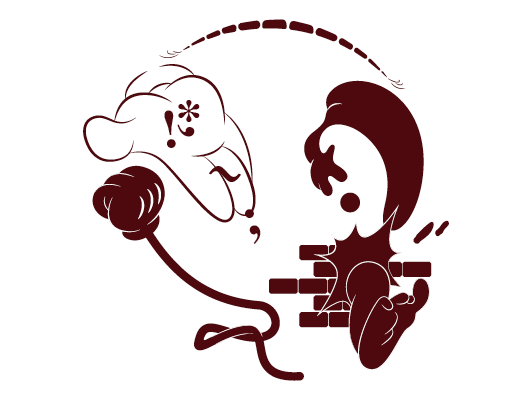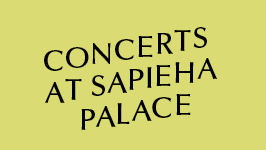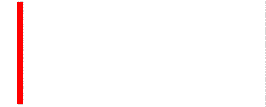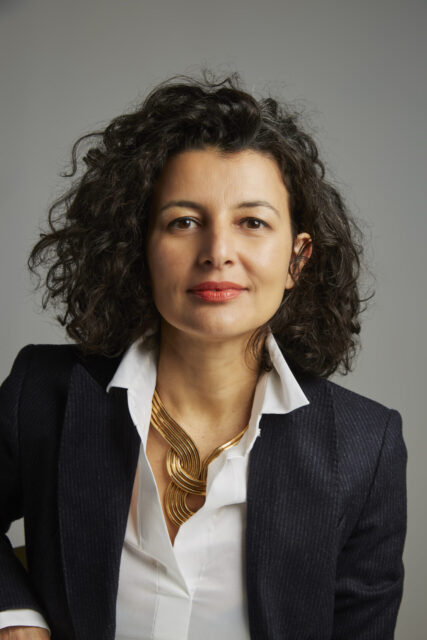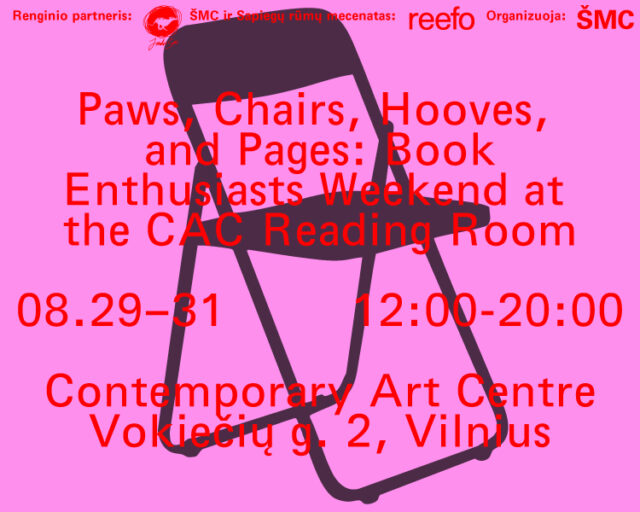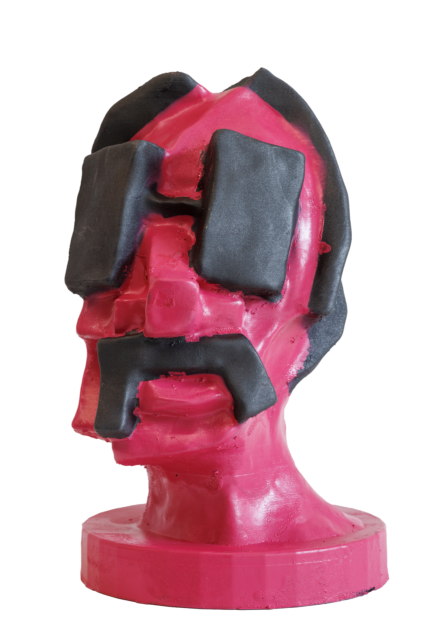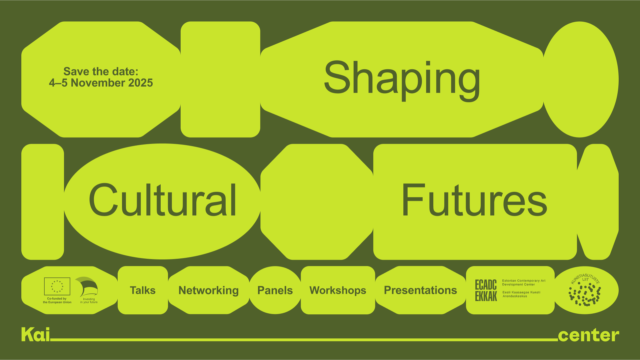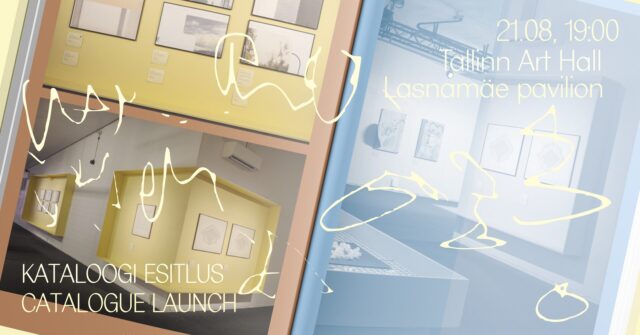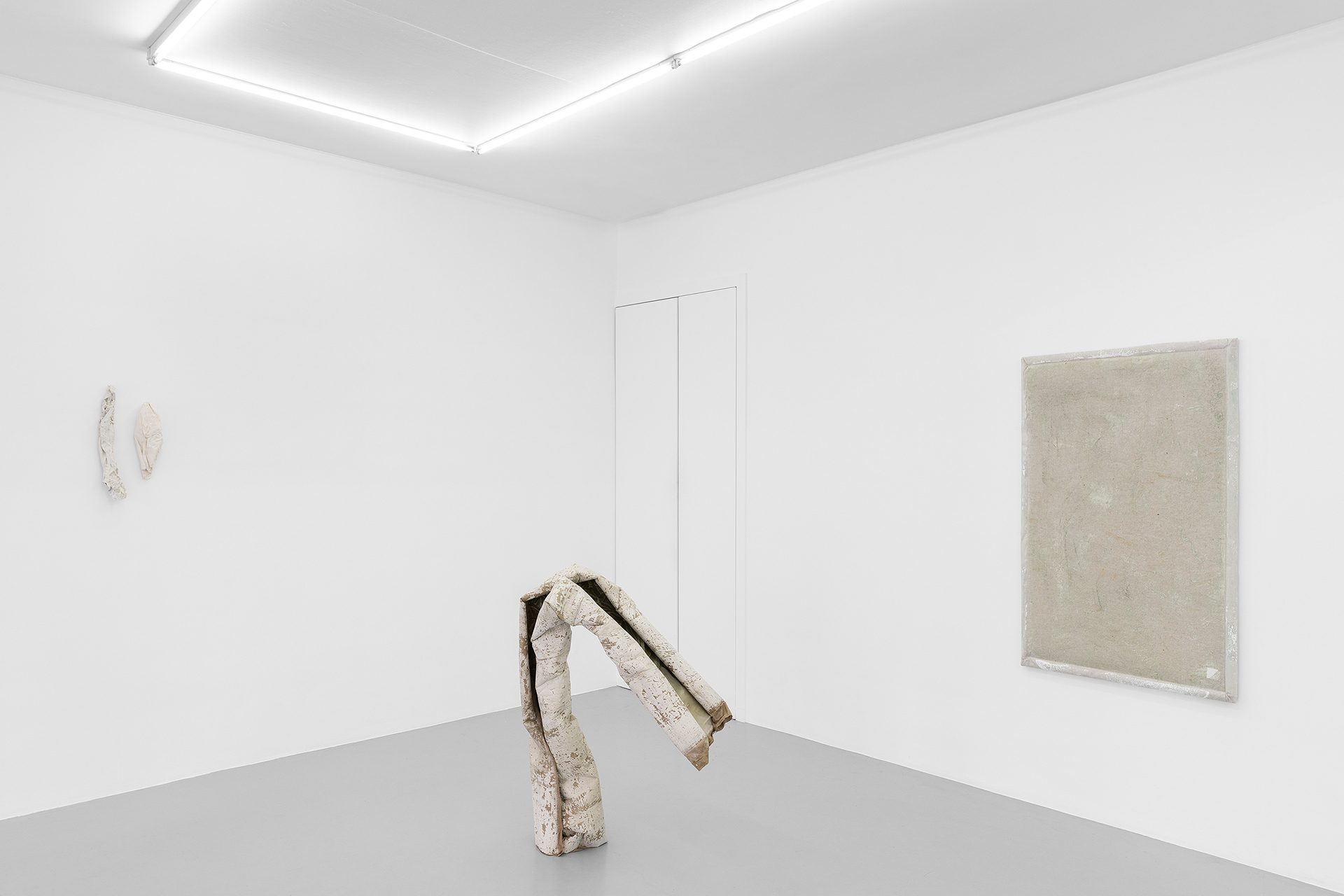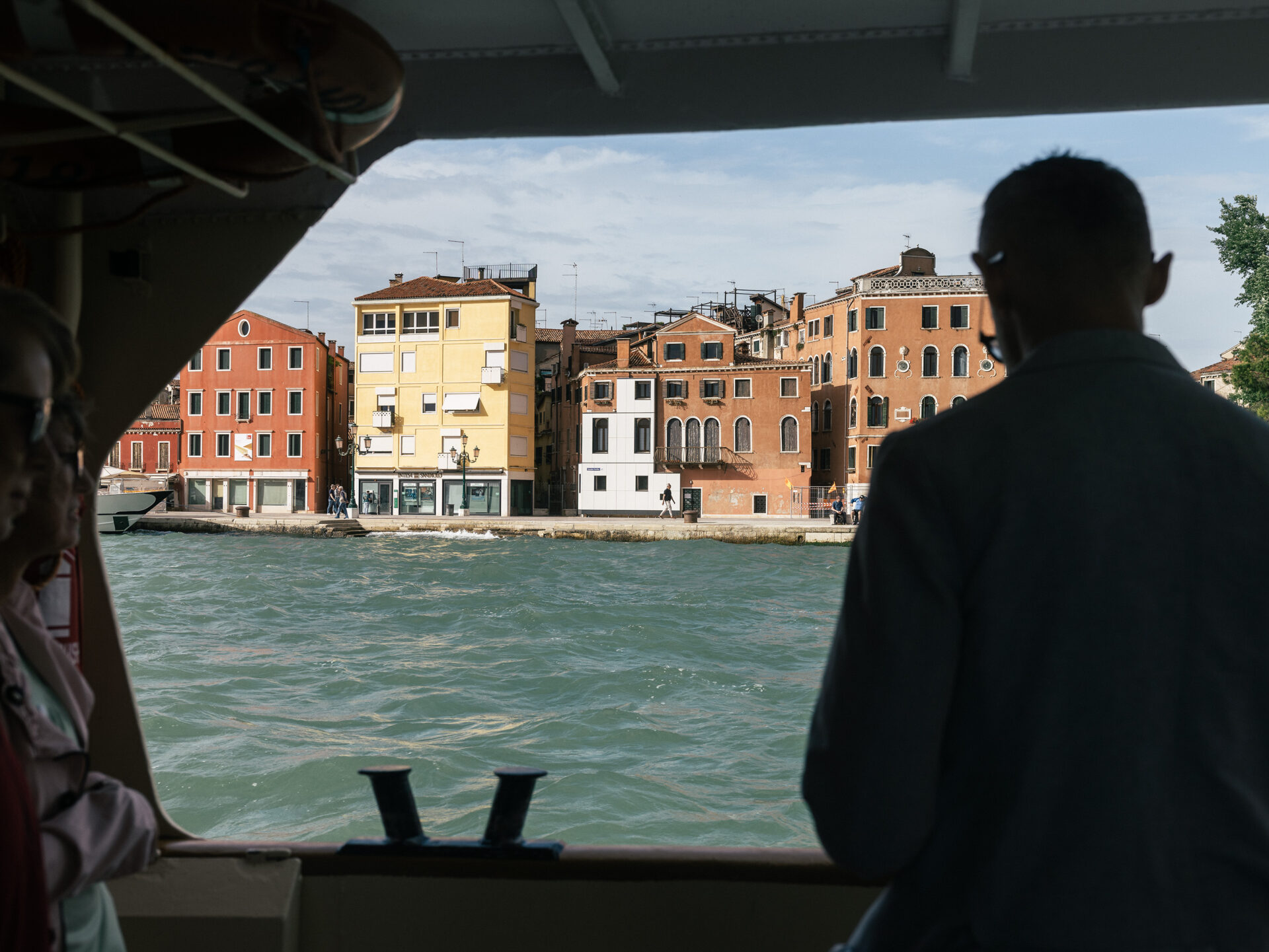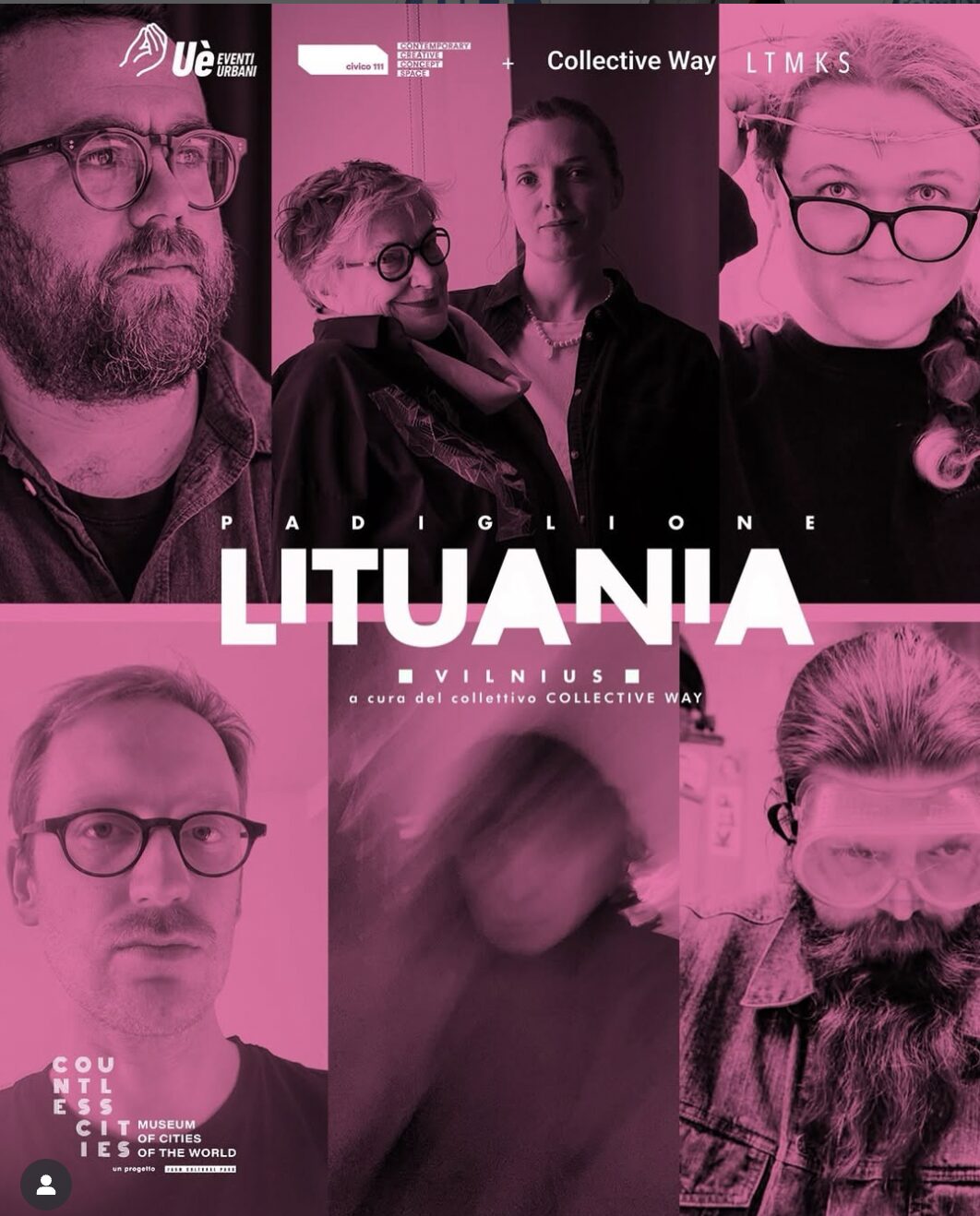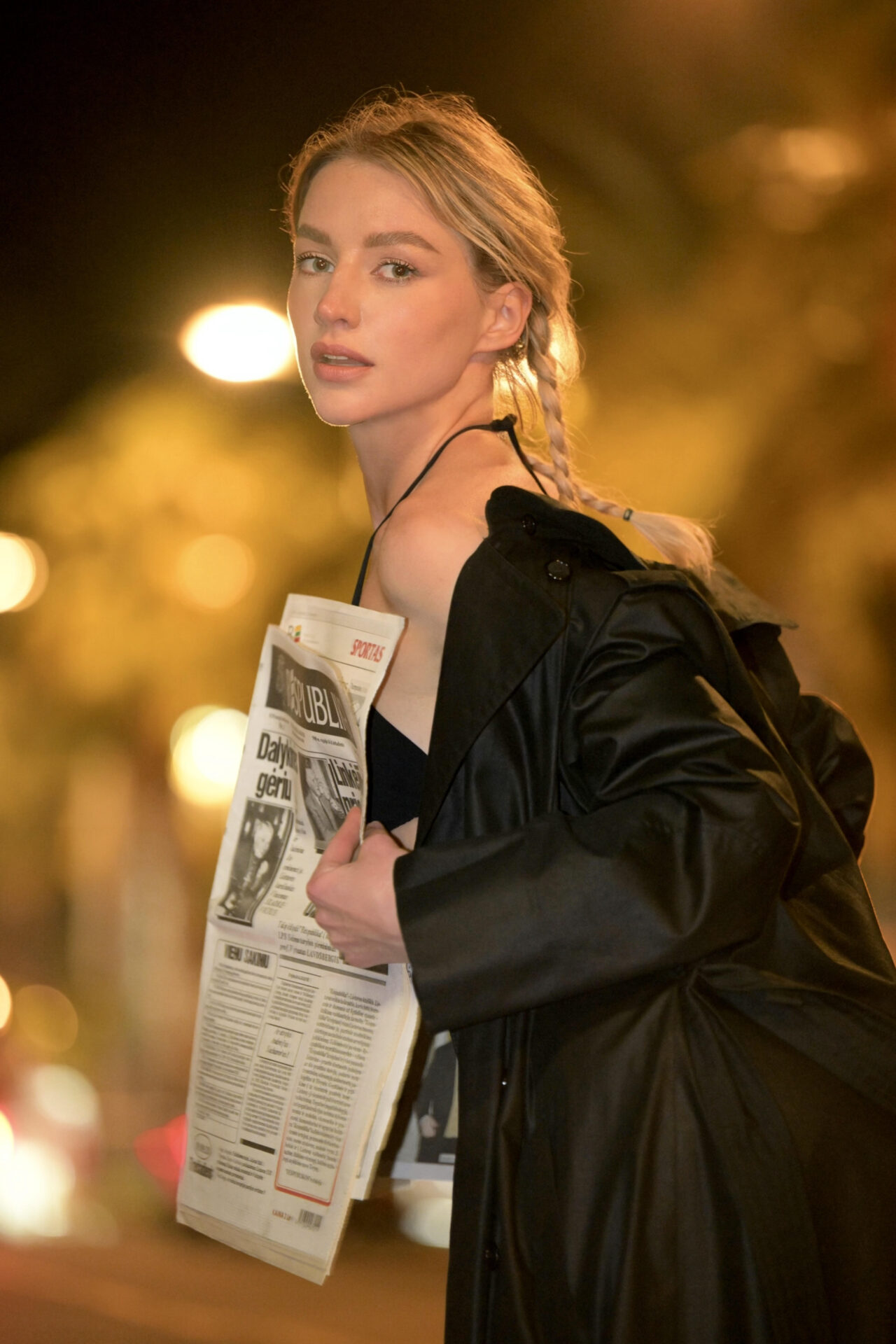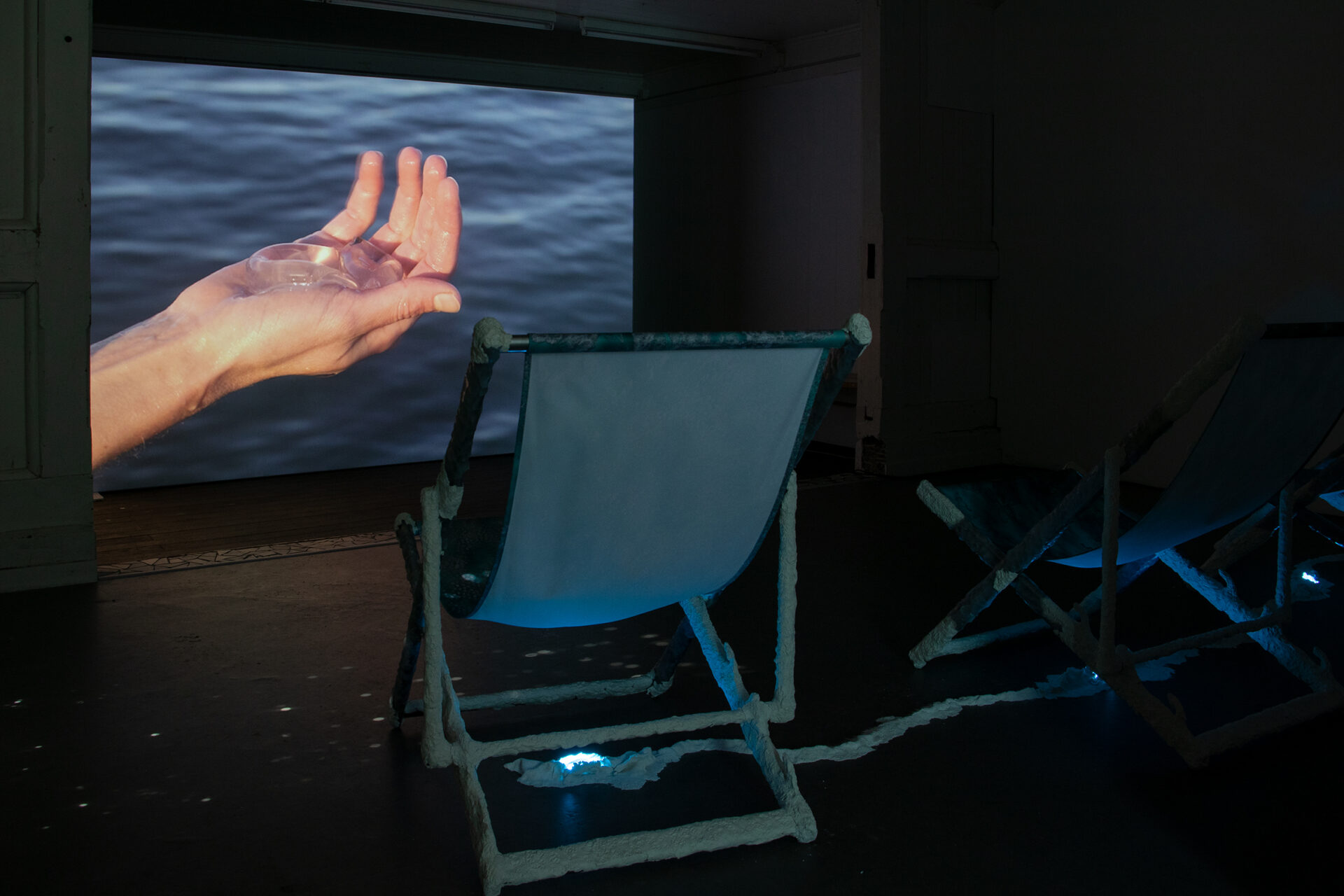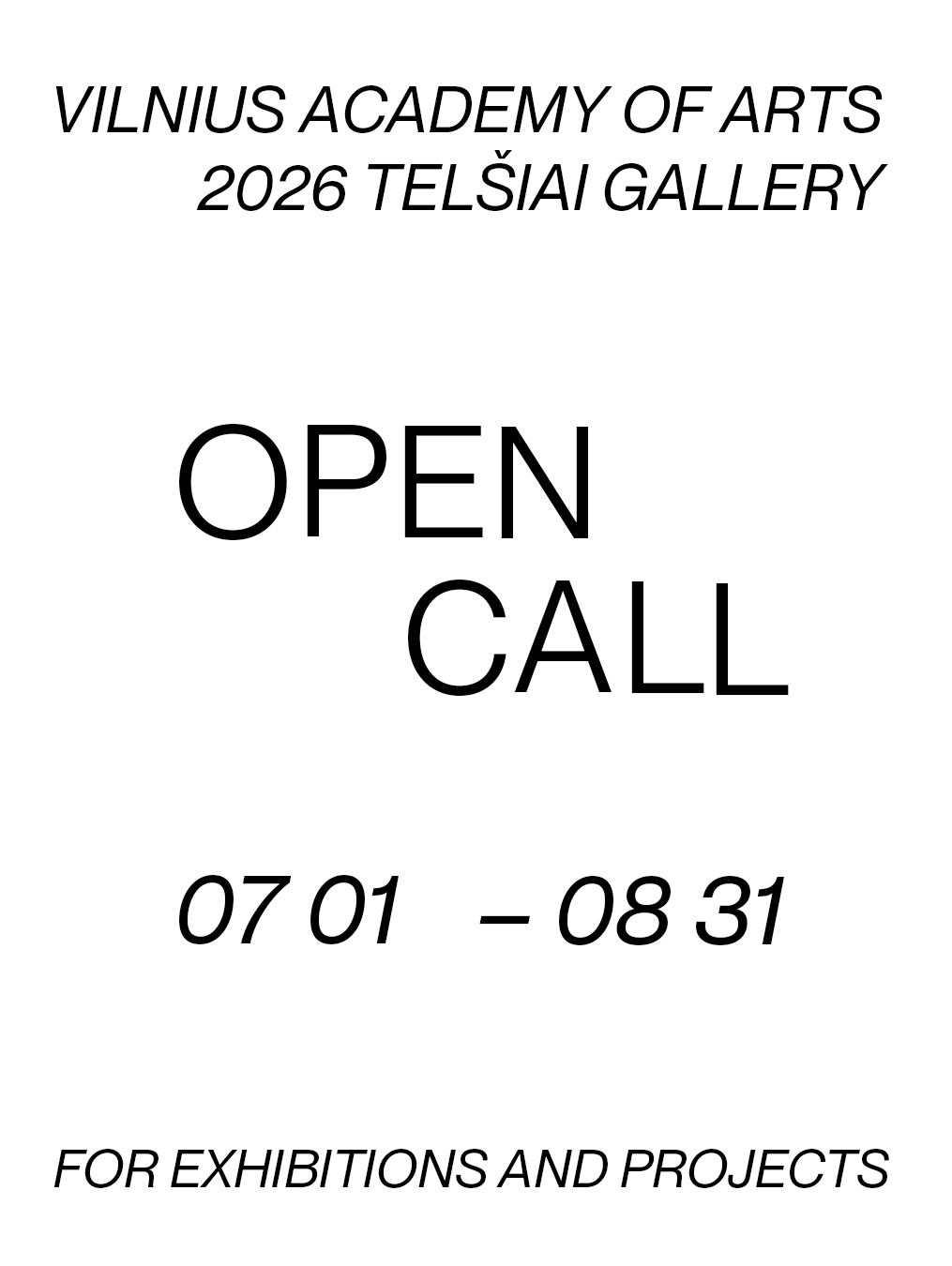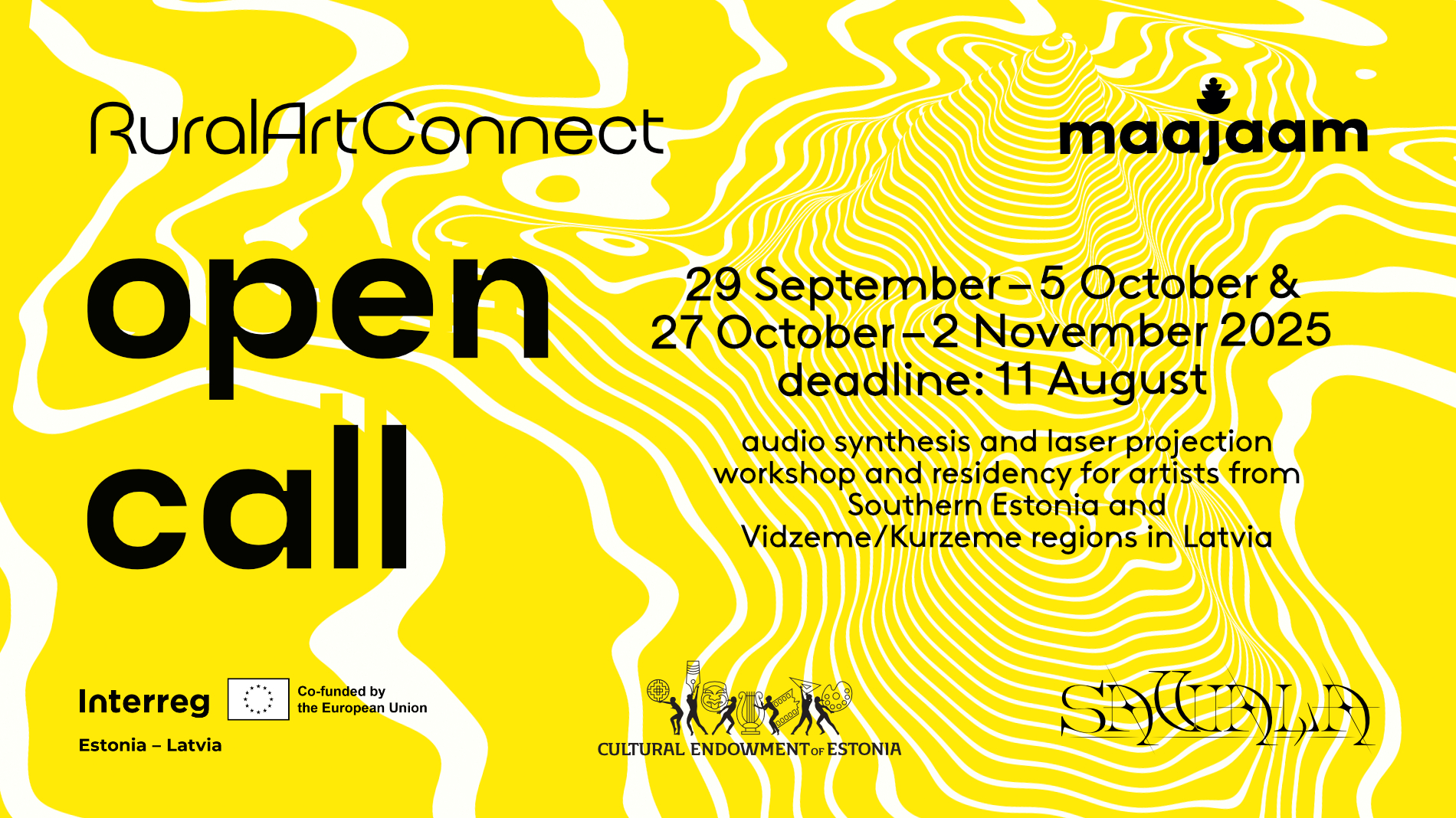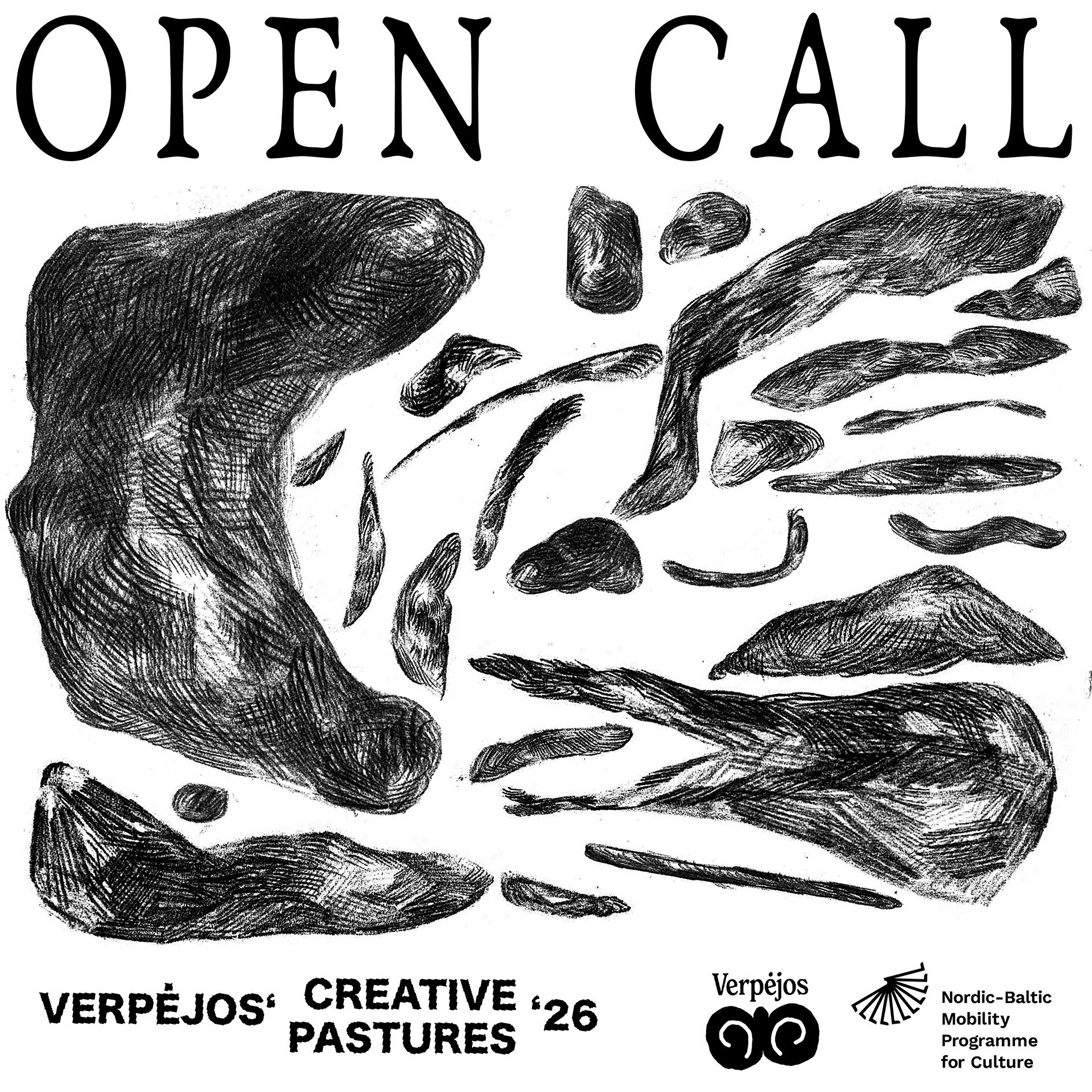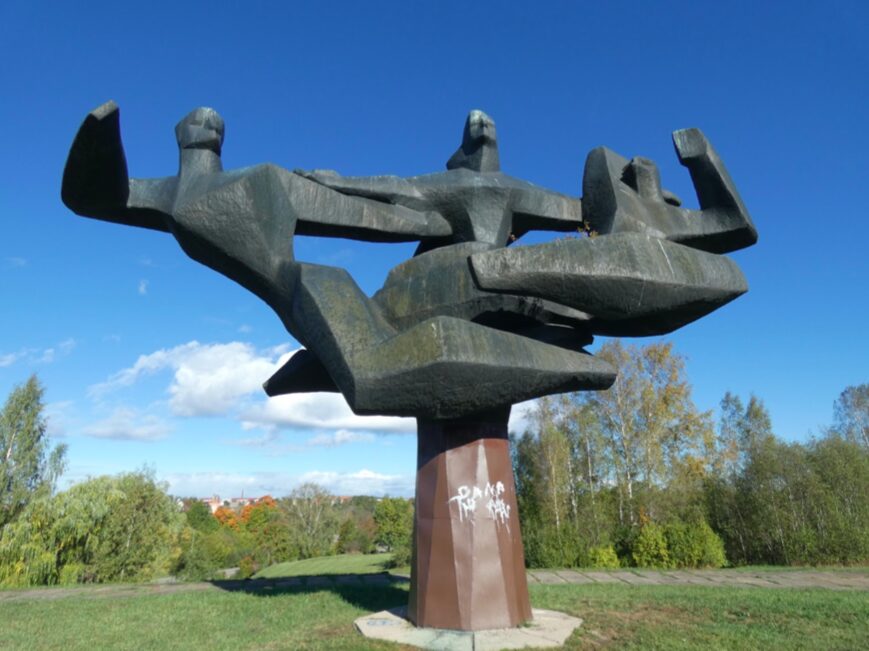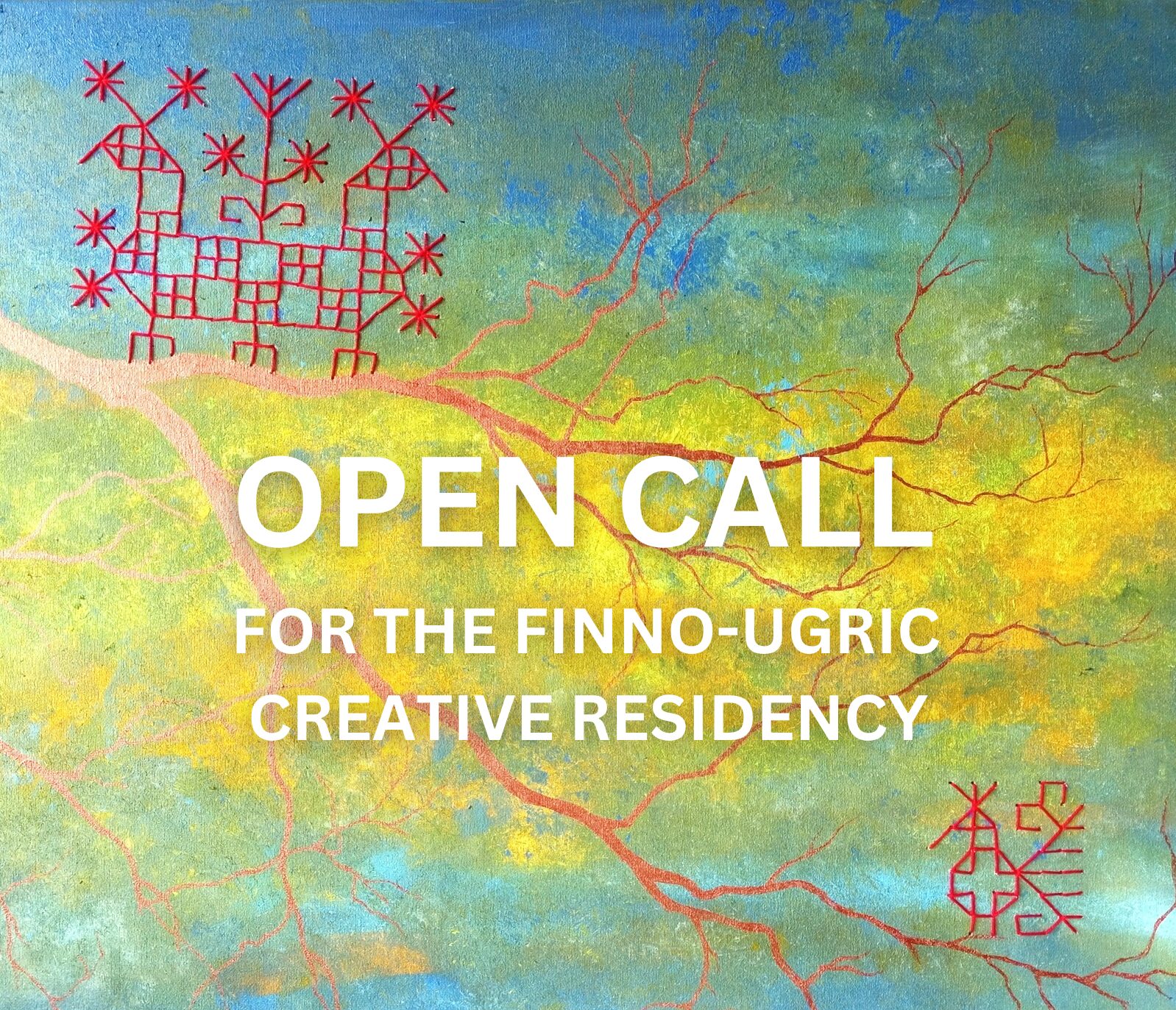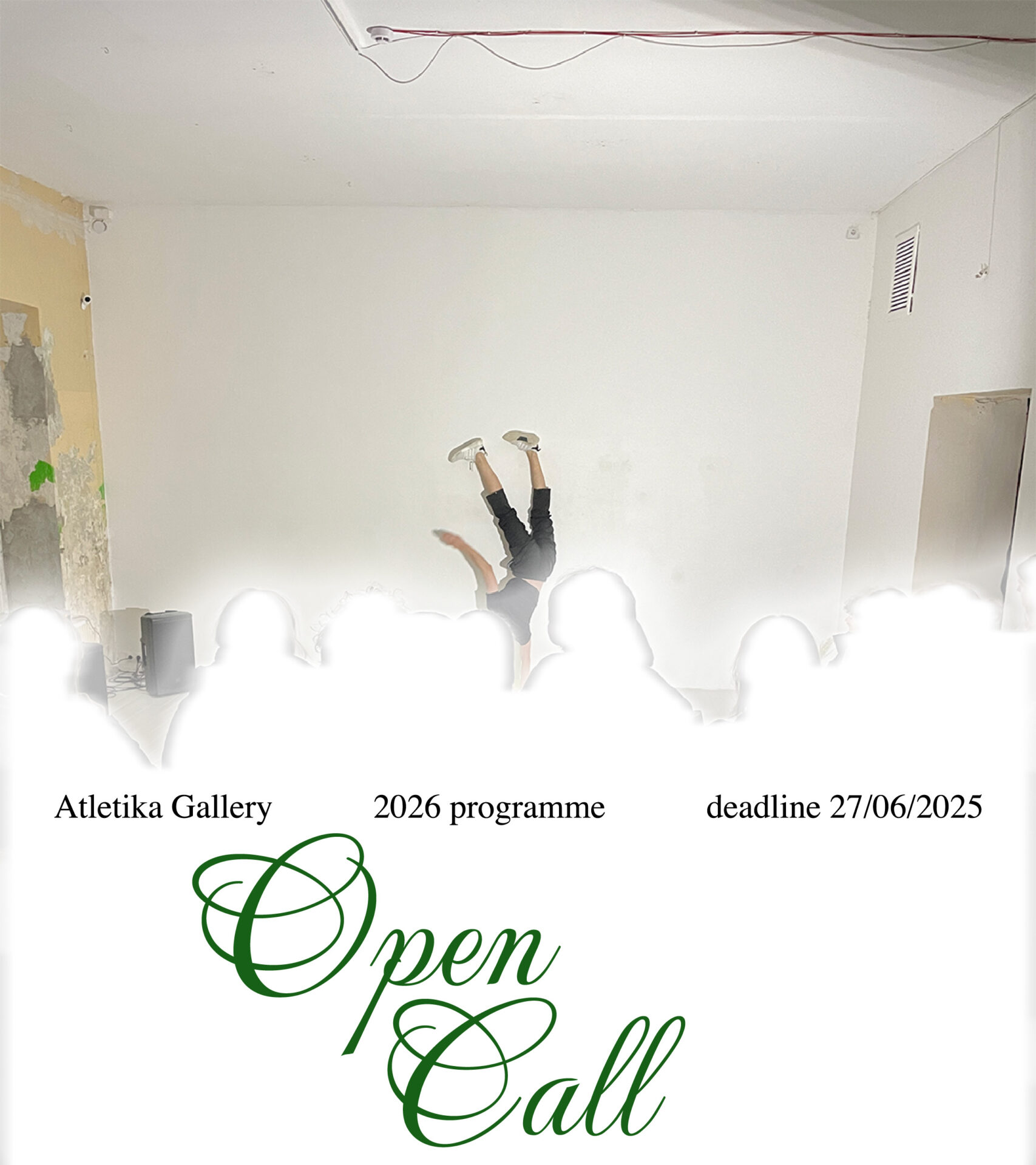Around eight years ago, the Latvian artist Indriķis Ģelzis re-introduced himself with a new visual lexicon. Ģelzis has reached an unrivalled clarity of form contrasted with the complex information layers of his ‘objects-in-itselves’. These ‘steel drawings’ are walking a fine line between constructivism, abstractionism and figurative art, resisting any categorisation, and bearing naked narratives of identity-stripped individuals on an almost archetypal level.
Employing the unique technique of ‘layered horizontals’ in the shape of statistical data (John Welchman), Ģelzis presented his HISK graduation show in 2016, swiftly followed by his first significant solo exhibition ‘Sky’s the Limit,’ at Hole of the Fox, Antwerp, in 2017. In an intriguing turn of events, presenting his work within his own region only on rare occasions, he took the international stage by storm. The only local institution representing his work since its inception and throughout his career is the Kim? Contemporary Art Centre, where the latest solo exhibition ‘Watery Day’s Eye’ also took place.
The deliberate choice to confine the sculptures within a frame not only acted as a defining aesthetic element, but also as a geometry to success. Yet these self-imposed creative constraints proved to be truly exhilarating to break at various points in the artist’s career. Ģelzis breaks his own rules most vividly at ‘Watery Day’s Eye’. Aesthetically and conceptually situating his ‘objects of knowledge’ within a rigorously orchestrated encompassing setting, the works take on a life of their own. These ‘prototypes of society’ are not a matter of private whim, but urge us to explore the array of potential cultural, sociopolitical and sexual backgrounds, and mind-independent reality.
This conversation draws a full circle: from the spatial installations of Ģelzis’ early career to the artist’s decision to restrict the scale and aesthetics, only to rediscover and reintegrate encompassing, story-telling elements within his own methodology.

Indriķis Ģelzis solo show Watery Day’s Eye at Kim? Contemporary Art Centre, Riga, 2023. Photo: Mārtiņš Cīrulis.
Žanete Liekīte: Not too long ago, you wrapped up your immersive solo exhibition at the Kim? Contemporary Art Centre, and I wouldn’t hesitate to call it pivotal: ‘Watery Day’s Eye’. What reflections have you had looking back at it?
Indriķis Ģelzis: This exhibition unfolded naturally, and I should express my delight that it coincided with this particular period. I felt entirely and utterly prepared for it. During ‘Watery Day’s Eye’, I observed that my practice, comprising three distinct sub-disciplines, free-standing sculptures, wall sculptures, and the reflective ‘Time Camouflage’ series, has discovered a harmonious coexistence.
After eight months of intense preparation, despite now being recovered and revitalised, I find it challenging to look back at this exhibition objectively, and perhaps I don’t have to. During the dedicated work on this project, a new and intriguing idea emerged, which was the most rewarding part. Mentally preparing to translate this concept on to paper, I anticipate a genre-wise similarity to the previous exhibition; however, emotionally, it seems to promise a more playful tone.
ŽL: I’m curious to hear more about the deeper personal revelations that emerged during the process.
IĢ: My body weight tends to fluctuate, and I’ve observed an interesting pattern. During periods of weight gain, I tend to lean towards using thicker steel rods. However, after the recent exhibition, where I experienced a bit of weight loss, I noticed this yesterday while working in the studio, I’m now crafting a new piece using six-by-six-millimetre steel rods (laughs).
ŽL: I appreciate your openness (laughs). Before we delve into ‘Watery Day’s Eye’, which undoubtedly encapsulated your whole practice, let’s rewind to the beginnings of your artistic era. From your perspective, when did it truly commence?
IĢ: I divide my career into two parts, the time before my studies at HISK, and the time after. The pre-HISK era was a phase of self-discovery. When commencing the creation of a new exhibition or artwork, I faced a blank page. Instead of persisting in a single direction, I chose to change horses midstream each time. For me, it was an exhausting and degrading rhythm. Each exhibition demanded a substantial investment, physically, mentally and financially, and each time, I ended up empty-handed. It led me to the inevitable contemplation about how an artist can endure in such a reality.
HISK marked a significant new beginning. At that time, twenty-six students from different corners of the world started this journey with me. Each of us had a spacious studio, allowing freedom of individual expression. This routine was complemented by monthly guest lectures and studio visits featuring art scholars, curators, museum directors, and more. The interview process was demanding, posing challenging questions that assessed our confidence and readiness over the course of an hour. This period brought profound revelations about my limited understanding of the processes and relationships in the art world, disclosing what it truly means to build a career as an artist.
ŽL: What significance do you attribute to the presence of fellow students, like-minded individuals from various corners of the globe?
IĢ: I much appreciated my classmates. We spent a lot of time together, visiting each other daily, cooking together, and engaging in discussions about new works, goals and interests, including Jura Shust, Kasper Bosman, Nicolas Lamas, William Ludwig Lutgens, Frederico Acal, and others. What struck us initially was the diverse blend of our backgrounds, from Belgium, the Netherlands, France, Belarus and Latvia, to America and Argentina. Each of us brought a distinct perspective, based on various traditions and understandings of what art is. I would describe it as a true artist’s haven, a place where everyone was ready to lend an ear to the artist’s struggles and challenges (laughs).
ŽL: Pre-HISK, your practice spanned video works, installations taking forms in cars, furniture, and ambitious spatial creations. Do you recollect the inception of your current medium, one that has nearly transformed into your eponymous?
IĢ: During my initial semester at HISK, I distinctly remember preparing for an exhibition at the Arsenāls exhibition hall here in Riga. At that time, I was crafting a heavy sculpture, a hanging plaster imprint of a human figure within a curtain, and I perceived it then as yet another seemingly useless work. Struggling on the brink of financial, mental and physical exhaustion, it dawned on me that a transformative shift was necessary. This particular artwork, in a way, marked a farewell to my previous artistic practice.
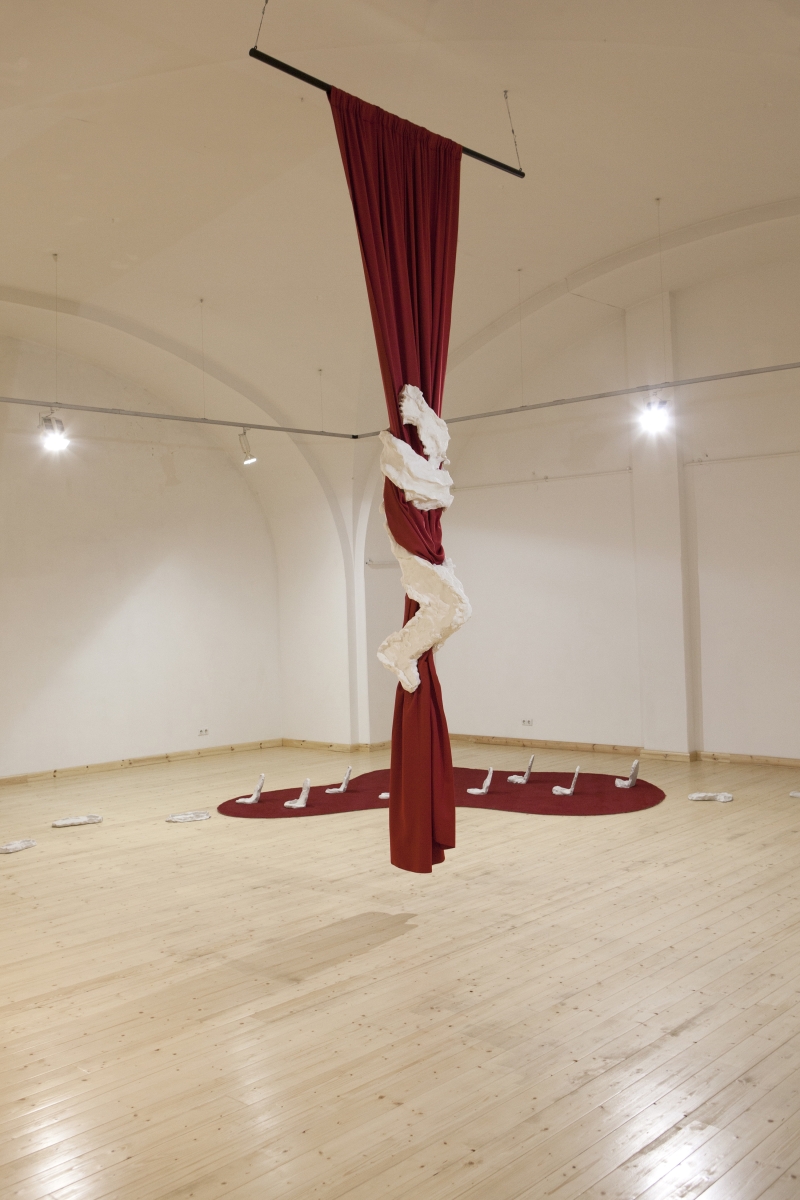
Indriķis Ģelzis solo show Two Unexpected Visitors at Arsenāls Exhibition Hall, Latvian National Museum of Art, Riga, 2015.
That same year I had a significant studio visit with the art historian John Welchman. He mentioned John Baldessari, who in 1970 deliberately burned all his paintings in the local crematorium, I believe, as a pledge to refrain from ever creating boring art again. Reflecting on it now, this story inadvertently motivated me to sever ties with my initial artistic pursuits. I freed up my studio space and dedicated a year of research, aiming to comprehend the visual threads and references that shaped my upbringing. I sought to identify personal qualities that could serve as building blocks for a fresh visual alphabet or artistic methodology. Until then, I had always worked on something large, heavy and spatial. However, I realised that I wanted to scale back, to limit myself, and create something confined and placed on the wall. Back then, I believed, all I needed was one strong set to begin a new era, and I came up with a couple of sketches.
ŽL: And in short order, you found your technique and discovered that your ‘canvas’ and ‘clay’ is steel.
IĢ: I didn’t realise it at the time, but yes, indeed, I came up with a new technique, which I subsequently chose to implement using steel. Initially, I made sketches inspired by diverse sources, incorporating elements from so-called graphic statistics or infographics, to shape the methodology of construction. I delved deeply into mind-independent reality, contemplating various types of infrastructure associated with communication, transport and human structures. I recall the idea of crafting skeletal structures capable of supporting both space and the body. Reflecting on that period, it seems, perhaps unconsciously, I was attempting to draw parallels between realms of information, abstraction/constructivism, and the concept of mind-independent reality. I found it intriguing to associate a mind-independent reality with the automation of diverse processes, and link it with the acceleration of the world.
So, yes, I ultimately decided to bring the initial sketch into reality using steel. Despite my lack of prior experience with steel or welding, I was aware that in its unprocessed state, it leaves traces on the hands, much like a graphite pencil. I envisioned that when placed on the wall, it would resemble a graphite drawing. Additionally, I contemplated the construction of urban infrastructures and buildings, recognising their inception with steel skeletons, later becoming infused with life. Similarly, I thought about materials like titanium, composing the body of an iPhone, inhabited by various conversations, text messages, and images; a similar approach is mirrored in my works.

Indriķis Ģelzis, Probability Slots. Solo show TABLAEU at ASHES/ASHES, NYC, 2019. Photo: Indriķis Ģelzis
ŽL: During this time, you formulated your aesthetic language, evocative of graphic charts, where parallel developments and actions are concealed and encoded, referred to as ‘Aesopian speech’ by the curator Zane Onckule.
IĢ: I must say that creating a personal vision filter has been crucial for me. It serves as a means through which I convey and present my perspective of the world that we collectively share. The extent to which I choose to delve into it, whether superficially or profoundly, hinges on my personal feelings, reflections and experiences. For instance, when I spend time in metropolises, I am drawn to creating works that delve into the structural frameworks of cities. On the other hand, due to a couple of not-so-pleasant surgeries in the last few years, I found myself poring over an anatomy book, studying human organs and their functions. This exploration led me to a new series of works showcased in ‘Watery Day’s Eye’, although these were not the first pieces in this series. Regarding graphic statistics, my intention is not to foreground them. Instead, I leverage their methodology and logic as the conceptual backdrop for my works. I refrain from employing specific information or references. Instead, I analyse personal observations and experiences, allowing the reflexes of my fingers to guide the lines, shaping them up and down.

Indriķis Ģelzis solo show Watery Day’s Eye at Kim? Contemporary Art Centre, Riga, 2023. Photo: Mārtiņš Cīrulis.
ŽL: Describing your creative process, it initiates with conceptual work in 3D-modelling software, juxtaposed with the hands-on, tactile work of welding, bending, grinding, burning, oiling and sewing in the ‘man cave’. What significance do these distinctly different processes have for you?
IĢ: Certainly, the initial step involves digitally constructing the artwork in a 3D program. I can confidently state that this is the most crucial process in my practice, to which I devote most of my time and attention. It resembles a thought process that I translate virtually through my fingers, constructing creations freehand using the touchpad. At times, it feels as though my fingers are making choices on my behalf, and that’s certainly a quality I wish to retain. Let’s phrase it this way: it is important for me that the movement of the line and the reflex of the fingers precede the words, as they often dictate the fate of visual references. Sometimes I find myself concerned that the works are becoming progressively more complex, thereby escalating the level of difficulty in their development. My spine slowly takes the shape of a waning crescent moon, and its spikes begin to pierce the lower back and neck (smiles).
Despite how peculiar it might sound, the process of developing digital models is the most vibrant and creative aspect of the work. At that moment, something comes to life, a time brimming with hope, filled with new ideas and thoughts that I am on the verge of creating something surprising to myself. Once the digital sketch is complete, I transition to the studio, where I bring the artwork to life by welding. At this stage, it feels like serving my own digital creation, leading into a relatively automatic process of welding, sewing and shaping the wooden forms of the material. I simply follow the work plan or sketch, and let my thoughts wander through memories and drift in hope for the future.

Indriķis Ģelzis solo show Yawn Holding fields at Tatjana Pieters, Ghent, 2022. Photo: Dirk Pauwels.

Indriķis Ģelzis solo show Yawn Holding fields at Tatjana Pieters, Ghent, 2022. Photo: Dirk Pauwels.
ŽL: I wonder why, after these insights, it remains crucial for you to personally undertake this labour-intensive process? Given the current point in your career, conceptual work alone could be possible.
IĢ: I’ve considered that, but I find it challenging to delegate any of the work processes to someone else. Primarily, I derive genuine enjoyment and satisfaction from all stages of my work, believing firmly that the smallest detail contributes significantly to shaping the overall impression of the artwork. Even though I adhere strictly to the pre-made sketch, there are moments when I encounter situations that require alterations here and there to ensure the overall composition works seamlessly.
ŽL: So it’s not exactly about the meditative nature of the workflow. You simply don’t trust anyone else with this task!
IĢ: Yes, I don’t really trust anyone else with it (laughs).
ŽL: Coming back to the aesthetic language, it seems that you’ve opted not to disclose the precise narrative. Simultaneously, you provide subtle hints through the choice of material or the artwork’s title, such as ‘Between the Sheets’, allowing viewers to make informed guesses about the general course of action.
IĢ: I wouldn’t phrase it as a deliberate choice to keep the course of action under wraps; rather as naturally unfolding artistic circumstances. To be honest, I’m quite pleased with the outcome, as many intriguing layers appear within this visual entanglement. While my works may initially appear abstract, I meticulously analyse every line, shape and piece of fabric. Every minor detail plays a crucial role in the overall composition. Ultimately, my works are representative. For instance, here on the wall hangs a piece entitled ‘Nameless Heartspace’. While I was creating it, I contemplated circulation as a fundamental process inherent in both nature and the human body. The heart, serving as the central human muscle, facilitates the circulation of blood throughout the body. Similarly, caves play a pivotal role in the circulation of water in nature. Pondering this analogy, the phrase ‘when a heart breaks, it breaks down into caves’ occurred to me, ultimately influencing the outcome of this piece.
ŽL: Your recent works have undergone a notable contextual shift. They no longer predominantly feature figurative elements of specific domestic scenes. It appears that the introduction of anatomical systems has imbued them with more symbolic representations. Can you elaborate further on the inspiration and concept behind this series?
IĢ: Yes, indeed. Since 2021, or to be more precise, the first series introducing anatomical systems was featured in my solo presentation at ‘Liste’ in Basel. This shift might imply progress and a departure from figuralism; however, in my ongoing projects I craft new works that feature a nuanced return to figurative elements, infused with a fresh perspective. After a while, I’ll certainly revisit anatomical systems as well. However, before I do, I need to reassess what I have accomplished so far. If we briefly revisit my last exhibition at Kim?, all the works showcased on the wall drew inspiration from specific elements of the anatomical system, each contrasted with values that hold my personal associations with Latvia. For instance, if we take a look at the piece Night Flame, I approached its creation with a dual perspective, considering both the anatomical structure of the throat and the essence of fire. The immediate association that springs to mind when I think of Latvia is singing. Consequently, I aimed to explore the throat, the organ responsible for vocal expression. Simultaneously, the bonfire, as one of the symbols of the Latvian landscape, seemed like an intriguing contrast, simultaneously provoking an irritation in the throat.

Indriķis Ģelzis, Night Flame. Solo show Watery Day’s Eye at Kim? Contemporary Art Centre, Riga, 2023. Photo: Mārtiņš Cīrulis.
ŽL: As we revisit your portfolio, I actually notice a series of evolutions from your initial set-ups. The shift in 2019 at the Cēsis Art Festival, where you displayed free-standing sculptures on the roof, stands out. Can you talk me through the moment your wall sculptures transitioned beyond their frames?
IĢ: At that time, I had been creating free-standing sculptures digitally for a while. I selected one of the figures from my wall pieces, positioned it on a plane, and began manipulating it. Basically, I sought a method to convey my artistic expression through my entire body, allowing for a more fluid approach in certain aspects of the creative process. In these sculptures, you can see traces of real physical work. I knead those steel volumes with my hands and legs, and sometimes I hug them with my whole body and bend them with full force. I could say that every sculpture equals a genuine wrestling match. I’ve just completed the large-scale sculpture Raised in a Geyser, created concurrently with the pieces showcased in ‘Watery Day’s Eye’.

Indriķis Ģelzis, The Peach of my Eye. Cēsis Art Festival, Close-Up, 2019. Photo: Mārtiņš Cīrulis.
ŽL: Around the same time, the first pieces of ‘Time Camouflage’ surfaced. How did this series come to life?
IĢ: It happened a bit later. I remember creating four peculiar works during the pandemic in New York City, and two of them have now become part of the collection of the Latvian National Museum of Art. These smaller pieces were originally conceived as sketches for the larger ones. Initially, I saw these small reflective works more as study cases, but I soon recognised their self-sufficiency in becoming a new series.

Indriķis Ģelzis, Time Camouflage: Eye Clock. Solo show Watery Day’s Eye at Kim? Contemporary Art Centre, Riga, 2023. Photo: Mārtiņš Cīrulis.
ŽL: … and in the end, they became everyone’s favourite works (laughs).
IĢ: Yes (laughs). I made the very first ‘Time Camouflages’ from non-reflective steel. However, my own interest piqued when I figured out a way to make them reflective. When I created these works, I contemplated the mechanisation of a phenomenon or dimension, whether it’s a landscape, a natural element, a gesture, or some of the body’s organs. I have a tendency to portray the mechanisation of a singular phenomenon, yet more often I enjoy combining two or more elements, resulting in a cohesive, monolithic entity. For instance, in the piece Eye Clock, I merged an eye with the mechanics of a clock. Within the exhibition context, it transforms into camouflage for the space, underscoring the mechanisation of vision and time.

Indriķis Ģelzis solo show Daily Charts at Suprainfit, Buckarest, 2021. Courtesy of the artist and Suprainfinit Gallery.
ŽL: It seems that from this moment your works began to activate both the surroundings and the viewer. I subsequently observed that in 2021 at ‘Liste’ in Basel and at the ‘Daily Charts’ exhibition, your works assumed a more active role in shaping the scenography of the space.
IĢ: Actually, a scenography appeared for the first time in the exhibition ‘Sky’s the Limit’ at Hole of the Fox in Antwerp, Belgium, in 2017. It was a significant moment, as this exhibition served as my first major showcase with the newly developed series shortly after graduating from HISK. Creating a spatial installation or a constructive framework for the works felt very natural, as it served as an extension of the works rather than the other way round.

Indriķis Ģelzis solo show Sky Is The Limit at Hole of The Fox, Antwerp, 2017. Photo: Indriķis Ģelzis.
ŽL: Indeed, the integration of space in your works has been there from the start. Yet I consider the ‘Liste’ exhibition a stand-out. The artworks reach further than the frames; the wood featured in the works transforms into the wall, and the wall literally becomes a part of the work. I think this marked a particularly special and formal turning point.
IĢ: Participating in ‘Liste’ in Basel posed both a significant challenge and a great opportunity. As always, Suzanna and Cristina from the Suprainfinit gallery and I were on the same page, deciding that it could be the perfect moment to create an installation, and we went for it. For this installation, I took one of the wooden forms from the artwork, enlarged it to scale, and used it as a support system to display the work. Personally, it led me to rethink the scale and its impact on the functionality of an object. It made me consider how cleverly or awkwardly it might fit into the environment, along with similar considerations. That brings to mind the example of the eye: what if it were scaled up four times? Would a person see things four times larger (smiles)?
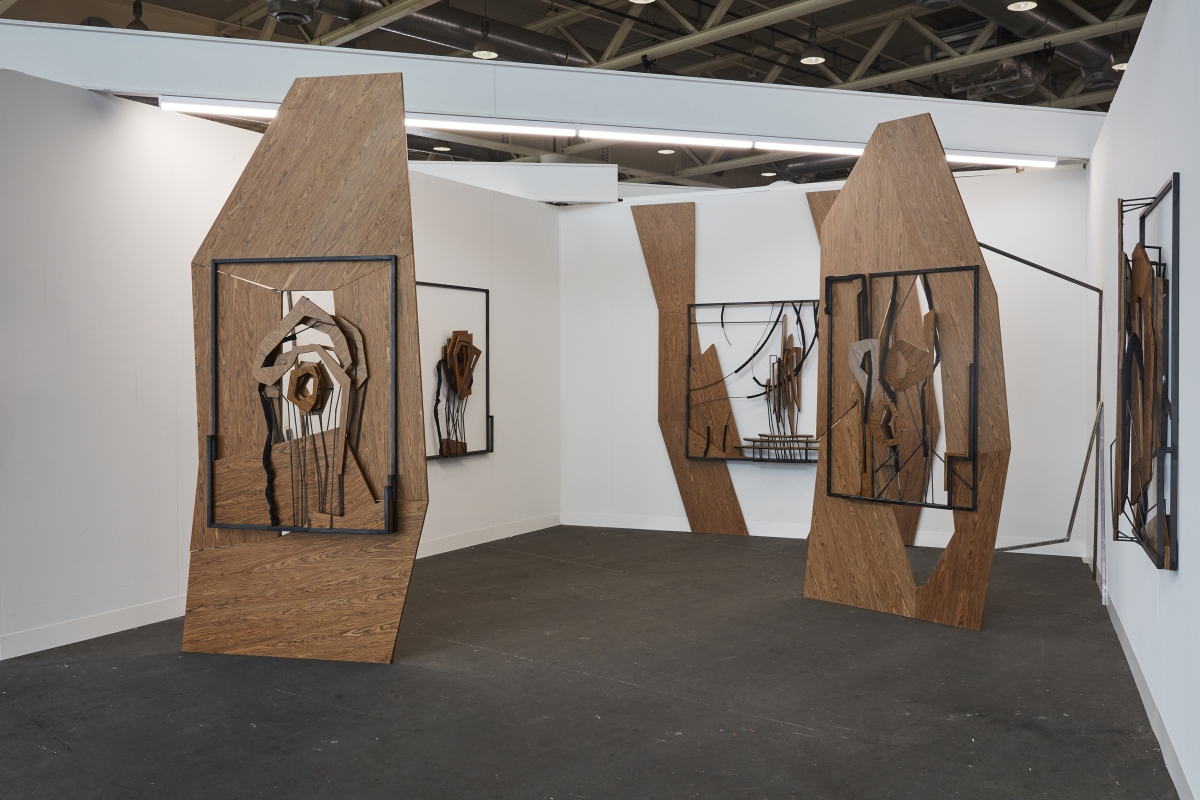
Indriķis Ģelzis solo presentation at Liste, Suprainfit gallery, Basel, 2022. Courtesy of the artist and Suprainfinit Gallery.
ŽL: ‘Watery Day’s Eye’ took this spatiality to the next level. It’s not a simply unified presentation across various parts of the installation, but it completely swallows the viewer on entering the room. Did you sense your works transitioning from ‘wall sculptures’ to a fully immersive installation?
IĢ: This was a deliberate choice, and to some extent I was always aware of the fact that the working methods I employed before studying at HISK would not be in vain. I knew I would revisit them in one way or another. Since childhood, dramaturgy had a special place in my heart; one might say I was a pessimist on the interior and an optimist on the exterior. I have always been afraid of tragedy, so I often play it out in my head. Reflecting on the time before HISK, I see how this fear played a role in my work and influenced the ideas I deemed worth pursuing, to varying degrees. In order to create the idea for the video work, I recall envisioning a surreal scenario, and I was resolving it by creating a narrative. It’s been nine years now since I created my last video work, and this year I decided to produce a new video work for ‘Watery Day’s Eye’. I spent a considerable amount of time searching for an interesting and meaningful entry point, attempting to translate my visual language into moving images, but with no success. However, the breakthrough came when it dawned on me that I could leverage the three key components of the video medium, movement, light and sound. This revelation led me to envision an immersive installation, a deconstructed and mechanised set-up, in a way. And that’s how I conceived the installation of ‘Watery Day’s Eye’, incorporating mechanised sculptures, lights, and a soundtrack. This encounter establishes a fresh perspective for me, and is an example of my vision for creating future exhibitions.
ŽL: Some reviewers of the exhibition quite literally interpreted ‘Watery Day’s Eye’ as being filled with tears, suggesting that the observer looking through it is sad, attempting to outline a specific narrative. However, I have a hunch that such a straightforward palette of emotions may not be implied in your exhibition.
IĢ: In this exhibition, I consciously tried to maintain a specific vagueness of sense. My objective was to provide opportunities for varied perceptions. The eye, affected by tears of joy, sorrow, sentiment or fear, tends to blur. Therefore, I aimed to guide the viewer without imposing any specific emotional state. It’s undeniable that the events of the last few years have been quite unsettling for all of us. For me, it was crucial to incorporate this background into my exhibition, not in an anxious manner, but in a light and playful way. Rather than opting for red sirens, I chose to play with blue light, which also served as a refreshing moment of diving in a cool Baltic Sea lagoon. This nuance helped me to portray a state of ignorance and disorientation. While creating this exhibition, and particularly while working on the part of the installation where the voice could be heard, I pondered extensively about the average Latvian individual. If all Latvian minds were united into one, what would it tell us? I didn’t formulate my own version, but the presence of such contemplation assisted me in preserving a sense of universality. It also inspired the text I wrote for the soundtrack.

Indriķis Ģelzis solo show Watery Day’s Eye at Kim? Contemporary Art Centre, Riga, 2023.
Photo: Mārtiņš Cīrulis.

Indriķis Ģelzis solo show Watery Day’s Eye at Kim? Contemporary Art Centre, Riga, 2023.
Photo: Mārtiņš Cīrulis.
ŽL: What does the New Year have in store for you? The steel rods after the festive season might increase in size.
IĢ: (Laughs) I have two exhibitions planned for next year, and I really wouldn’t like to be working with chubby steel rods for my new pieces. So my New Year’s resolution is to keep my rods slim.
